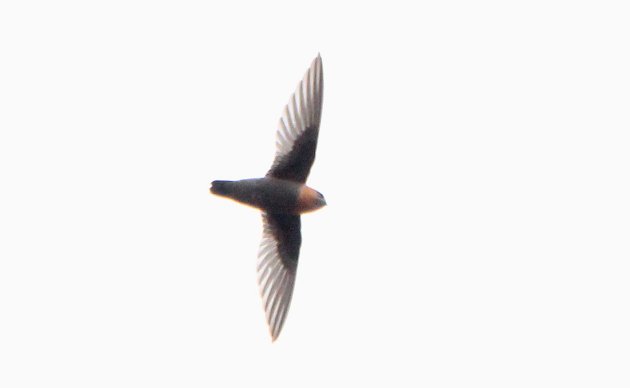
I have commented before on the privilege and pain of living in a state (Michoacán, Mexico) which hosts 10 out of the 15 Empidonax Flycatchers, as well as at least 4 of the 22 Myiarchus Flycatchers. But those are not the only taxonomic families in which Michoacán has an embarassment of (difficult) riches. If you are lucky, and very, very obsessive, you can also see 7 different Swifts in my state.
As it happens, I have so far only seen five, perhaps six, of these Swifts. The best place to see all of our Swifts is apparently downhill from the small city of Tacámbaro, in an area about two and a half hours from my home. I have only birded there twice, and the first time, I managed to fully submerge both my camera and my binoculars in a stream I unwisely tried to jump. So no Swifts to be had that time.
And the reason my wet optics ruled out any Swift success, is that these birds are almost impossible to ID with the naked eye. Swifts, of course, never perch. They leave their cliff and cave roosts in the morning, and then remain on the wing until they return at dusk. The White-fronted Swift can often be seen flying just above the historic buildings of downtown Morelia. But our other Swifts tend to fly so high that I usually only become aware of their presence while focusing on high-flying, but much larger, birds of prey. Or perhaps I notice them while trying to ID Swallows on the wing.
And then, the wild photographic chase begins! Only a photo, however bad, can save me from having to list Cypseloides sp., or Chaetura sp. And really, are any two letters as sad as that combination of “s” and “p”?
But the only birds on the wing that really lend themselves to photography are hovering birds. (The White-tailed Kite: now that is a bird I can enjoy photographing on the wing!) Swifts never hover. So there I am, desperately trying to get my camera to focus on a tiny bird zipping around erratically at 100 feet above the ground, again and again. Only to take the photos home and spend hours trying to turn them into something that can provide a usable ID.
The results, however, are often worth it. “No pain, no gain”, goes the saying, and Swift photography is nothing if not painful. But someday, my gain will include my first White-chinned Swift ID, or a photo to prove that, yes, I really have seen the Black Swift. Meanwhile, I am surprisingly proud of the following poor photos:
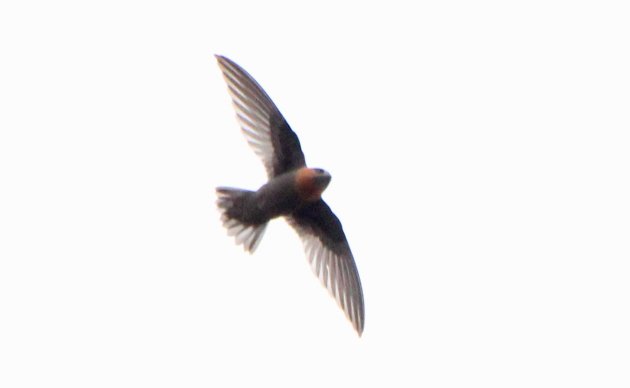 No doubt about it, this Swift is Chestnut-collared.
No doubt about it, this Swift is Chestnut-collared.
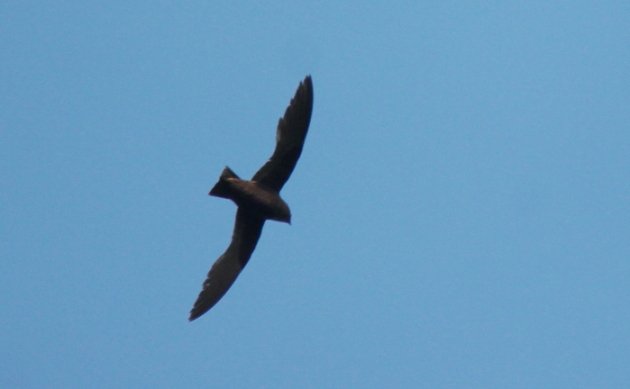
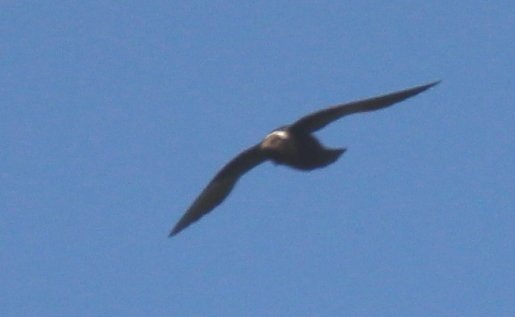 And you can just barely see that the Swifts in these severely cropped photos are White-naped.
And you can just barely see that the Swifts in these severely cropped photos are White-naped.
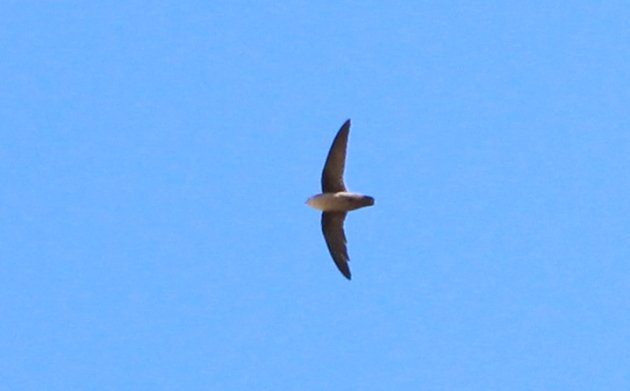
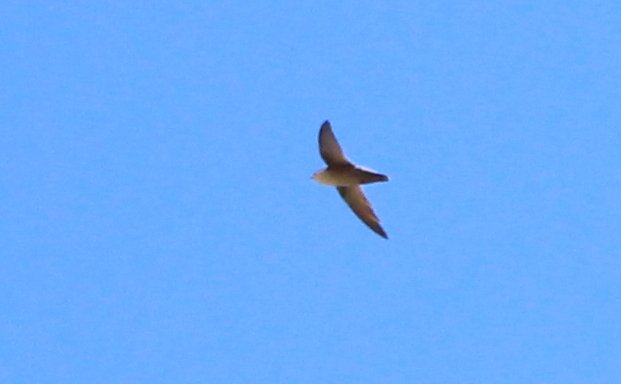 These are easy: Vaux’s!
These are easy: Vaux’s!
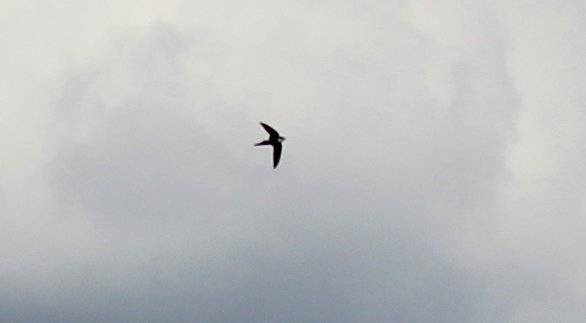
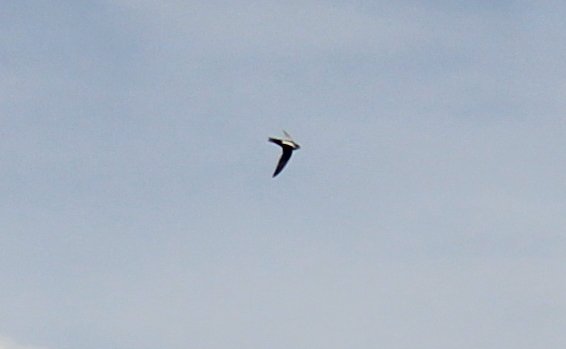 Oddly, I have the fewest photos of our most numerous Swift, the White-throated. I’ll have to do something about that.
Oddly, I have the fewest photos of our most numerous Swift, the White-throated. I’ll have to do something about that.
So there you have it: the need to use a camera to ID a bird that literally never sits still all day long. I guess it should be expected. There is a reason why they are named “Swifts”.











Well, there’s egg on my face. The Swift I can easily see in downtown Morelia is the White-throated, not the White-fronted. And the one species I am definitely missing for my state of Michoacán is the White-fronted, not the White-chinned (which only occurs in Central and South America). Even Swift names are confusing!